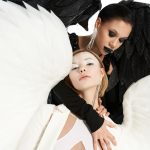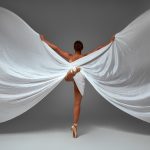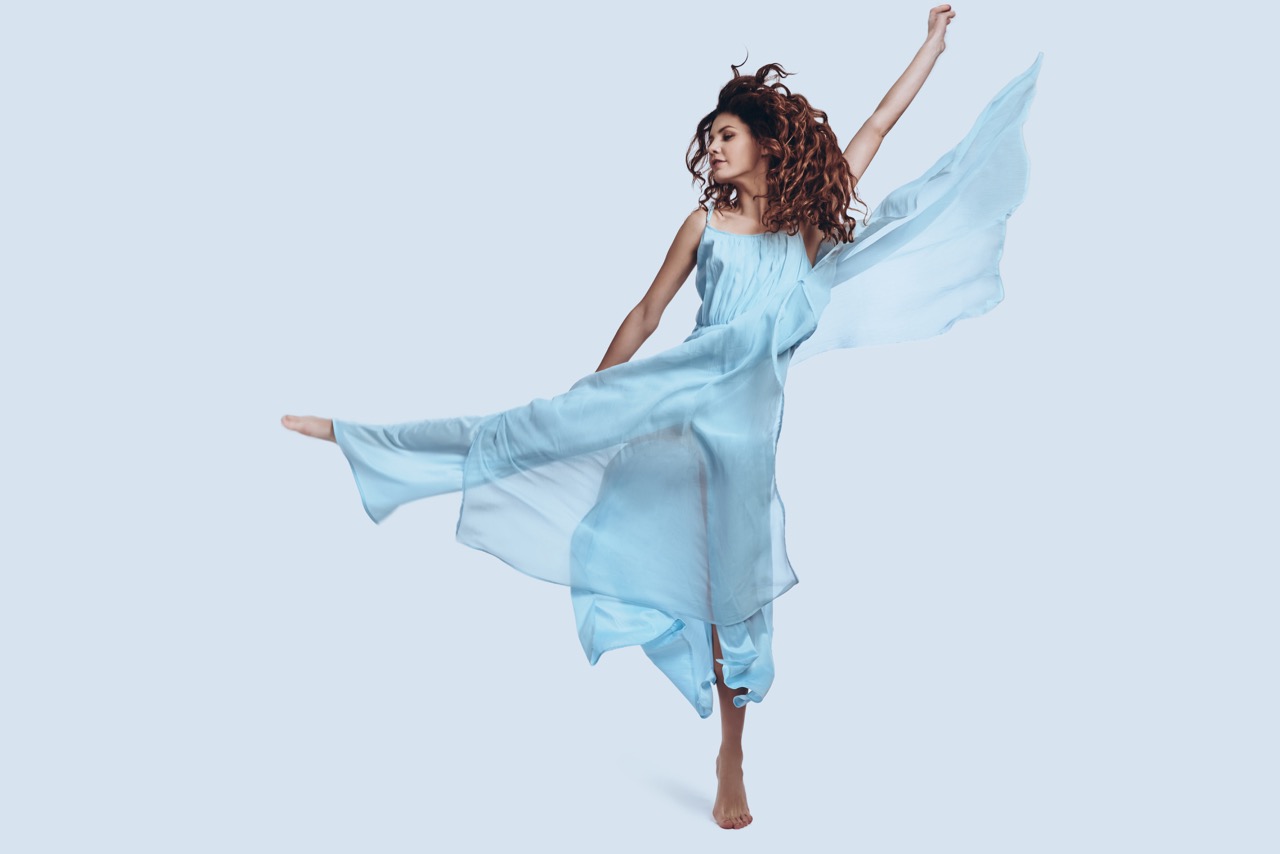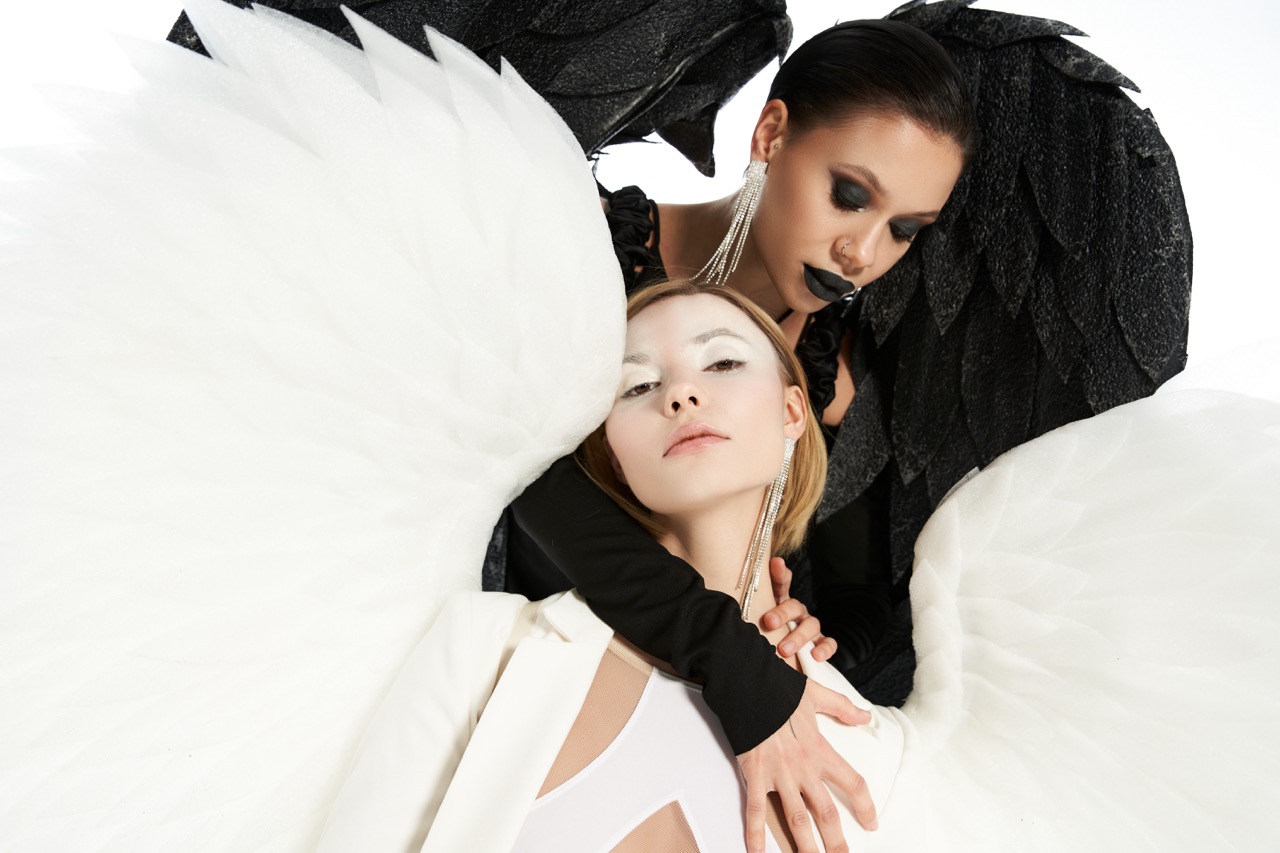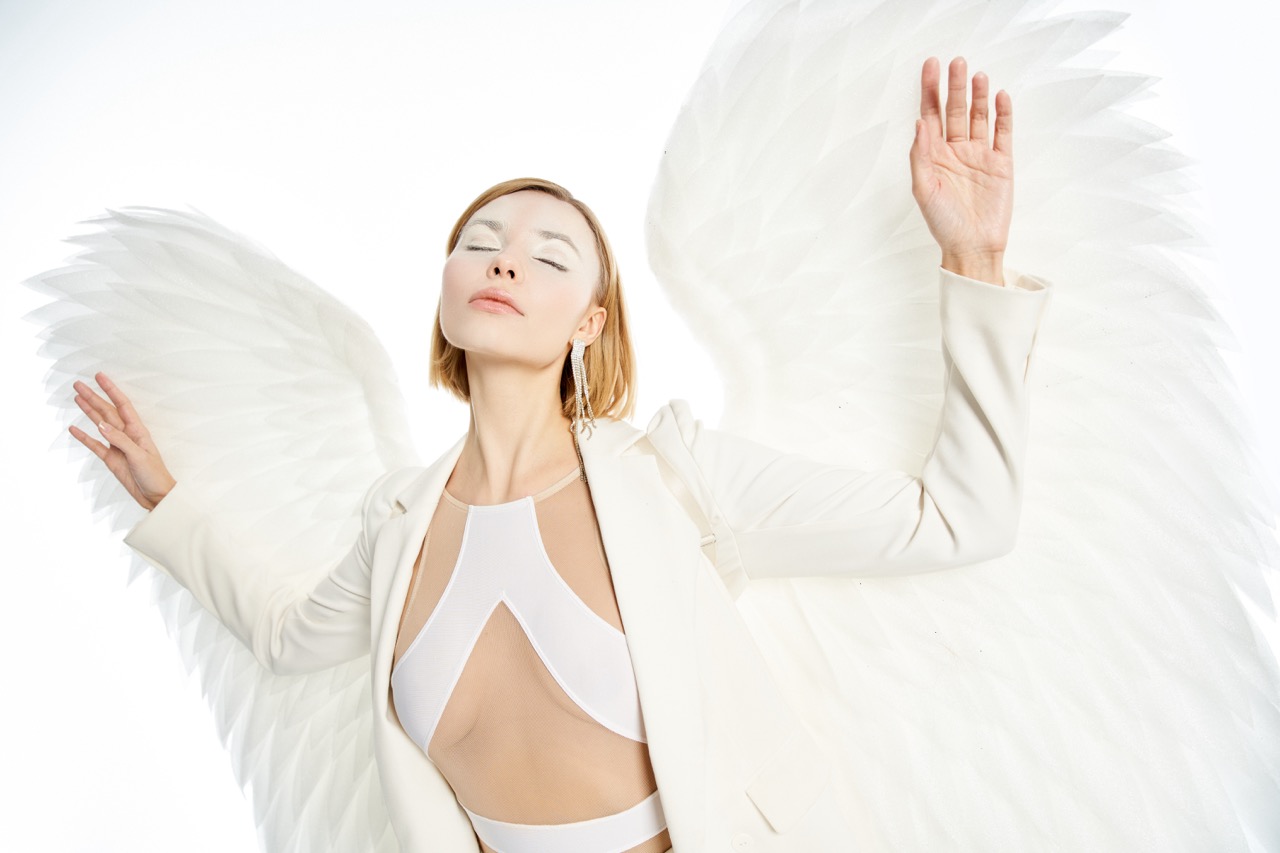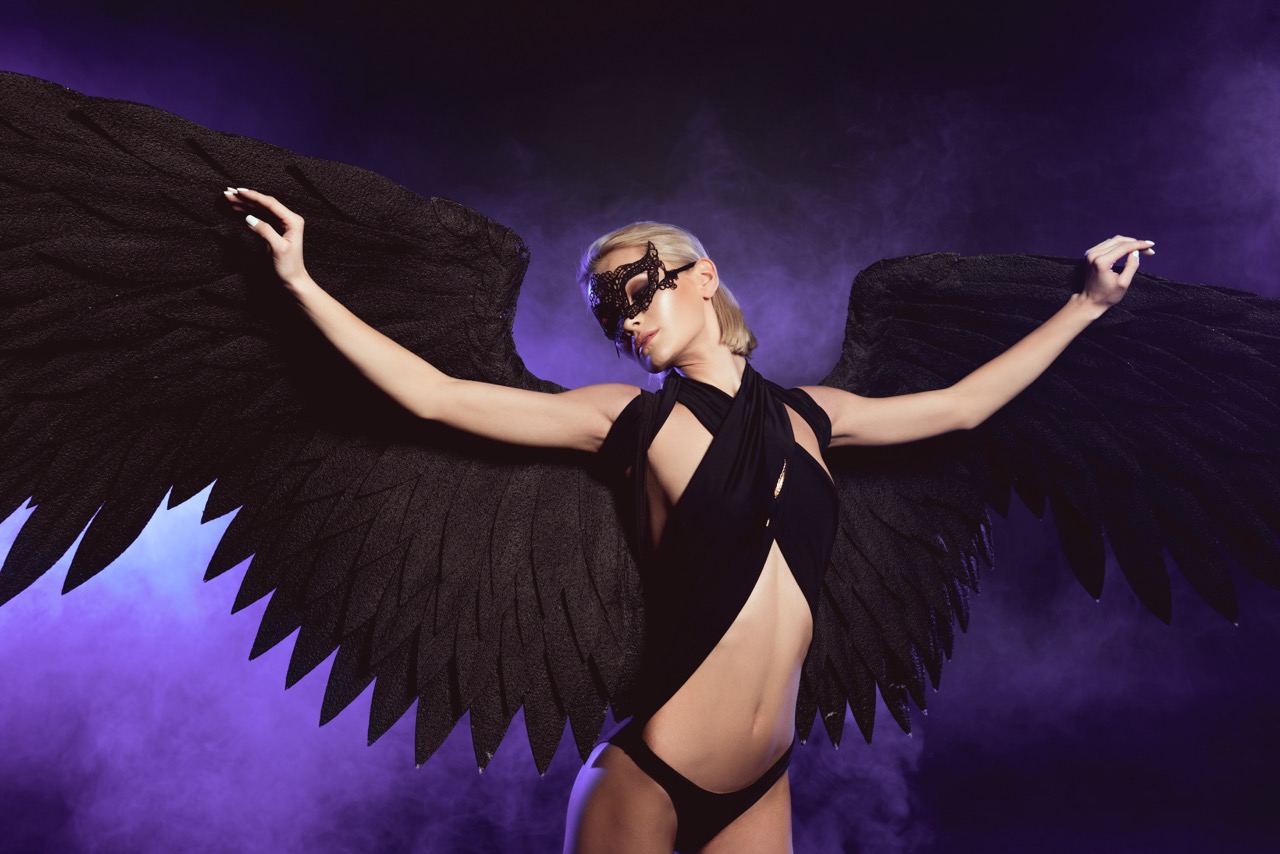In the captivating world of dance, every element plays a crucial role in storytelling and emotional expression. Among these elements, dance costumes stand out as vital components that enhance performances and create a visual feast for audiences. The combination of wings and carefully chosen colors in these costumes evokes a spectrum of emotions and themes, capturing the essence of the dance. This article delves into the intricate relationship between wings and color psychology in dance costumes, exploring how they collaborate to elevate performances and connect dancers with their audiences.
The Enigmatic Fusion of Wings and Color in Dance Costumes
The marriage of wings and color in dance costumes creates a mesmerizing aesthetic that captivates the viewer’s imagination. Wings, often seen in various forms—whether ethereal feathers, intricate butterfly designs, or more abstract representations—serve as extensions of the dancer’s body. When paired with vibrant colors, they transcend the traditional boundaries of movement, allowing the dance to communicate messages that words often cannot. The visual impact of wings flaring against the backdrop of a stage imbues the performance with a sense of magic and wonder, drawing the audience into a world that feels both fantastical and deeply emotional.
Color plays a pivotal role in this fusion. It is not only about visual appeal; the color palette chosen for a costume can dictate the mood and tone of the entire performance. A costume adorned in rich reds and deep purples might evoke feelings of passion and intensity, while soft pastels could instill a sense of calm and serenity. The interplay of wings and color transforms the dancer into a living canvas, where each movement is painted with emotion and intention. This dynamic combination encourages both the dancer and the audience to engage in a deeper, almost visceral experience that transcends the physicality of the performance.
Furthermore, the fusion of wings and color allows for a rich narrative to unfold on stage. Dance is inherently about storytelling, and the visual elements can serve as metaphors for the themes being explored. For example, a dancer adorned with expansive, white wings and shimmering blue hues may embody purity and tranquility, while a performer in jagged, black wings splashed with fiery orange might represent turmoil or conflict. In this way, the costume becomes a critical component of the narrative, enhancing the emotional depth and complexity of the dance.
Color Psychology: How Hues Influence Dance Movement and Emotion
Color psychology is a fascinating field that explores how the spectrum of colors can elicit specific emotional responses. In the realm of dance, this is particularly significant, as the colors chosen for costumes can profoundly impact both the dancer’s performance and the audience’s reception. Colors have the power to evoke feelings ranging from joy and excitement to sadness and introspection. A dancer clad in bright yellows and greens might inspire feelings of joy and vibrancy, while those in darker hues may resonate with melancholy or intensity.
The psychological effects of color extend beyond mere aesthetics; they also influence movement. Colors can set the tone for how a dancer approaches their choreography, impacting the fluidity, energy, and expression of their movements. For instance, a dancer in a flowing, blue costume may embody grace and calmness, leading to more fluid, gentle movements. Conversely, a dancer in bold reds and blacks might harness a sense of urgency and aggression, resulting in sharp, dynamic movements. Understanding color psychology allows choreographers and dancers to craft performances that are not only visually striking but also emotionally resonant.
Moreover, the context in which colors are presented can alter their psychological impact. A bright green costume worn in a lush, natural setting can evoke feelings of harmony and connection to nature, while the same costume in an urban environment may be perceived differently. This contextual interplay highlights the importance of selecting colors that align with the themes of the performance, creating a cohesive narrative that captivates the audience’s emotions. Ultimately, color psychology serves as a powerful tool in the design of dance costumes, enhancing the emotional palette of performances and enriching the viewer’s experience.
The Symbolism of Wings: Freedom and Expression in Performance
Wings have long been symbolic of freedom, transcendence, and the ability to soar beyond earthly limitations. In dance, the inclusion of wings in costumes not only enhances aesthetics but also resonates deeply with the themes of liberation and expression. Dancers adorned with wings can embody the archetype of the free spirit, capturing the essence of movement and flight that speaks to the universal human desire to break free from constraints. This symbolism enriches the narrative of a performance, inviting audiences to reflect on their own experiences of freedom and self-discovery.
In many cultures, wings are associated with various deities, spirits, and mythical creatures, further deepening their significance in performance art. For example, angelic wings might suggest divine grace or protection, while butterfly wings could symbolize transformation and rebirth. By incorporating such motifs into dance costumes, choreographers can layer their performances with rich symbolism, allowing dancers to portray complex narratives that resonate on multiple levels. The interplay of these symbols within the context of movement can evoke profound emotional responses from the audience, creating a shared experience that transcends the performance itself.
Moreover, the physicality of wings allows dancers to explore new dimensions of movement. The extension of wings encourages dancers to engage their bodies in ways that emphasize elevation, breadth, and reach, ultimately enhancing the fluidity and dynamism of their performance. This exploration of space and movement can inspire both the dancer and the audience, transforming the stage into a realm where human limitation is momentarily forgotten. In this way, wings serve not only as a visual embellishment but also as a powerful symbol of artistic expression and the limitless potential of dance.
Designing Dance Costumes: Balancing Aesthetics and Identity
The process of designing dance costumes is a delicate balancing act between aesthetics and identity. Costumes serve as a representation of the dancer’s character, conveying the essence of the role they embody. Designers must carefully consider colors, materials, and design elements to create a costume that not only looks stunning but also aligns with the thematic and emotional undercurrents of the performance. The choice of wings, colors, and other embellishments must reflect the story and identity of the character, enhancing the dancer’s ability to connect with their audience on a profound level.
Furthermore, the cultural significance of colors and designs cannot be overlooked in the costume design process. Different cultures attribute varying meanings to hues and symbols, and a thoughtful designer must navigate these nuances to create costumes that resonate with authenticity and respect. When dancers wear costumes that reflect their identities or cultural backgrounds, they are able to bring an additional layer of depth to their performance. This connection fosters a sense of pride and belonging, enriching the overall experience for both the performer and the audience.
Lastly, the practicality of the costume design must be taken into account. Dance is a physically demanding art form, and costumes must allow for freedom of movement while still achieving visual impact. Designers face the challenge of creating costumes that are both functional and aesthetically pleasing, ensuring that the dancer can express themselves fully without restriction. This harmony between form and function is essential, as it empowers dancers to explore their artistry and push the boundaries of their performances while remaining true to their identity and the narrative they seek to convey.
The interplay of wings and color psychology in dance costumes creates a rich tapestry of meaning and emotion that enhances the art of performance. As dancers take to the stage, their costumes become a vital extension of their identity, allowing them to convey powerful narratives and evoke deep feelings in audiences. Through thoughtful design and an understanding of the symbolic power of wings and color, choreographers and dancers can create performances that resonate far beyond the confines of the stage. In this ever-evolving art form, the fusion of aesthetics and emotional expression continues to inspire and captivate, celebrating the transformative power of dance.
